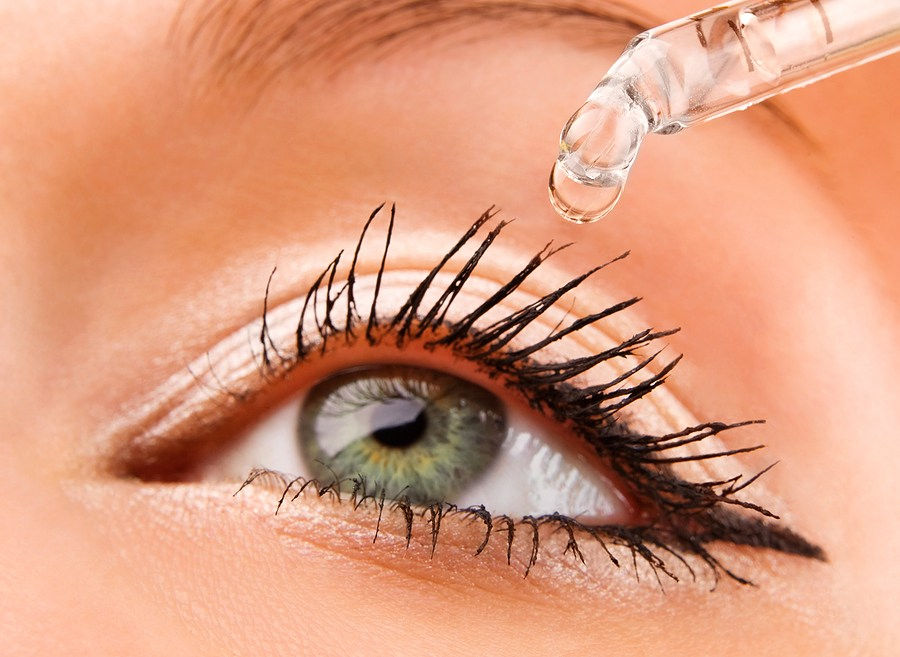Natural ways to improve your Eye Health
- Margaret Grady

- May 8
- 3 min read
Updated: May 20

We have been led to believe that losing our clear vision and the development of other eye issues are just part of "aging". Presbyopia is the medical term for your eye losing the ability to change its focus. This affects how well you can see close-up objects. It occurs as your eye’s natural lens grows less flexible.
During the first few decades of life, your eye’s lens is soft and flexible. It easily changes its shape when you shift your vision from something far away to something close-up. This ability allows light to land on your retina so you can see objects clearly.
As you get older, your lens grows less flexible and has trouble focusing light as it should. This leads to symptoms of presbyopia that begin in your 40s and level off in your mid-60s.
Think of your eye like a camera. The lens in a camera can autofocus on objects that are near or far. Your lens works together with your cornea (your eye’s clear, outer “window”) to do this job and help give you clear vision. To understand presbyopia, it helps to know a bit about this process:
Your cornea bends light as it enters your eye.
A tiny, circular muscle surrounding your lens either contracts or relaxes. These actions change the shape of your lens to bring things into focus. If the object is far away, the muscle relaxes. If it’s near, the muscle contracts.
Light lands on your retina. This is a layer of tissue at the back of your eye that translates light into electrical signals. Your optic nerve sends these signals to your brain, allowing you to see the image.
Your lens continues to grow as your eye ages. New layers of cells form (picture an onion). This process thickens your lens and makes it less flexible. As a result, light can’t land properly on your retina, and your close-up vision grows blurry.
SO WHAT CAN YOU DO NATURALLY TO BOOST YOUR EYE HEALTH?
Red light: Both morning sun and red light therapy. Rising Light: Your retinas thrive on early sun. Getting at least 15 minutes of early morning sunshine into your eyes every day with no lenses or sunglasses. Sunlight releases retinal dopamine which gives you a visual charge and resets the circadian rhythm. It lowers cortisol and wakes up your nervous system. Infra Red Light therapy: 3 -10 min of 670nm red light in the morning recharges the mitochondria in your eyes. Recommended 3 times a week. ATP goes up. Blurriness goes down. Red light therapy panels are reasonably available for full body pain relief.
Go Eye Naked: Remove your prescription lenses as much as possible when not entirely necessary.
Eye exercises: Eyes are muscles so we need to flex them to keep them healthy.

Castor Oil = Bedtime Eye Elixir
Rub organic, cold pressed castor oil over your lids nightly to nourish eye tissue,
fade dark circles and grow lashes & brows. Do this EVERY night. For cataracts, MGD and dry eye syndrome, drops of this pharmaceutical grade Castor oil may be inserted into the eye at bedtime. Penetration into the eye lens may restore flexibility.
Your Vision Starts in Your Gut
Eat foods rich in nutrients that promote eye health, including vitamin A, vitamin C, vitamin E and lutein.
Grass fed beef or lamb liver has the highest concentration of vitamin A which is vital for eye health. Fried up with onions or a good quality, organic pate'.
Egg yolks have plenty of choline & lutein.
Coconut oil is eye-brain fuel.
Wild salmon is high in DHA & Astaxanthin.
Raw honey is packed with antioxidant power
Eat full fat foods and red meat. Avoid low fat and sugar-free processed foods.
Keep your diet as raw as possible. Feed your eyes REAL fuel.

You don’t need harder prescriptions. You need raw habits.
Eyesight is nervous system output & you can train it back to optimal health.
Reducing eye strain
Learn about computer vision syndrome and make adjustments to your routine to ease eye strain.





Comments